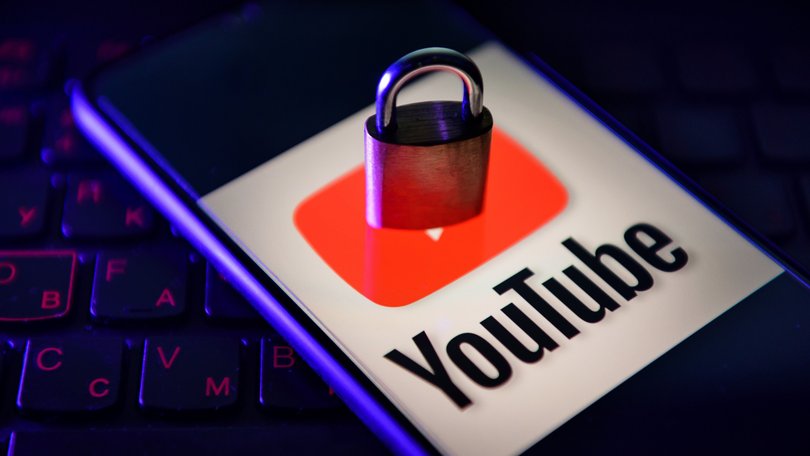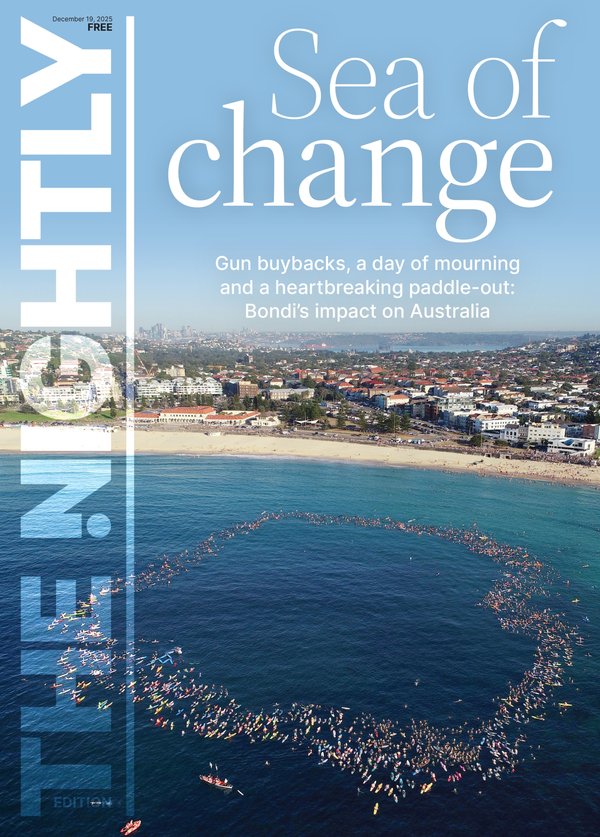NICO LOUW: The YouTube ban is a Government stitch-up, if the problem is Shorts, just say that

Australia is less than two months away from being the first country to ban social media for under-16s, with widespread public support.
The evidence of damage social media is causing to children’s mental health is shocking, especially for girls. Many parents instinctively understand this, but it’s hard to get children off social media when all their friends are using it.
Age restrictions overcome this by putting all parents on a level playing field.
Sign up to The Nightly's newsletters.
Get the first look at the digital newspaper, curated daily stories and breaking headlines delivered to your inbox.
By continuing you agree to our Terms and Privacy Policy.But the Government’s decision to extend these restrictions to YouTube goes too far and risks undermining the entire policy.
Setting aside the pointlessness of banning children from creating YouTube accounts, when the platform is accessible without one, it’s worth looking at whether YouTube should even be considered social media.
The global push to restrict children’s access to social media began in earnest with the release last year of The Anxious Generation by sociologist Jonathan Haidt. Haidt used detailed evidence and data to link social media to alarming mental health outcomes in children.
Haidt argued under-16s should not have access to social media. He names TikTok, Snapchat and Instagram, but never mentions YouTube.
That’s because YouTube isn’t social media. Haidt’s concerns rightly lie with platforms that are interactive, profile-based and comparison-driven.
His critiques focus on short-form, scroll-based apps designed for rapid, dopamine-driven use. He describes them as “the most efficient conformity engine ever created”, unleashing a relentless “fire hose of social comparison”.
YouTube simply doesn’t fit that mould. It is primarily broadcast media. It doesn’t push profile browsing or social status and has significant educational, tutorial and documentary content. Sure, it has other content too, but so do Netflix, TV, Google or your local library.
If the real concern is YouTube Shorts then the commissioner and Government should say so
The Government has made its decision based entirely on advice from the eSafety Commissioner, in particular that 37 per cent of children reported their “most recent or impactful experience with (potentially harmful) content occurred on YouTube”.
The commissioner argued that, combined with its popularity, this makes YouTube inconsistent with the “intent of the minimum age limit to reduce the risk of harm to children”.
In short, the commissioner moved well beyond Haidt’s concerns and argued that because YouTube is popular, and some children saw possibly harmful content, it should be banned.
Such advice should rest on a robust evidence base. Instead, it’s based on a single survey of 10 to 15-year-olds, sourced from a non-scientific convenience sample of people who had pre-agreed to participate in online research.
Remarkably, the survey only considered YouTube as social media based on its popularity and states that the inclusion of platforms “does not imply that any of these services necessarily meet the definitions of a ‘social media service’ … under the Online Safety Act.”
The conclusions regarding YouTube were based on responses from just 559 children out of 2629 who said they had seen content “associated with harm” online.
That included categories that could be found in television, movies, or any search engine, including “fight videos”, “dangerous challenges”, “sexual images” and “things that show illegal drug taking”. Just in case, it also included “something else upsetting”.
Of these 559 children, 37 per cent cited YouTube as the platform they had seen such content (7.9 per cent of all 2629 respondents).
So the Government’s decision is based on a single unscientific survey of 559 self-selected children, of whom 207 said their most recent experience with potentially harmful content was on YouTube. Among 13 to 15-year-olds, 27 per cent cited YouTube, or 73 children out of 270.
We don’t know what content these children saw. It could have been content offensive to women, encouragement of unhealthy eating habits, “dangerous challenges” or “something else upsetting”.
Declaring the world’s most popular video platform unsafe for children should require more than this. It’s not too much to ask that the Government base such a sweeping decision on rigorous evidence, not a stitch-up from a regulator with a clear bent for more power and censorship.
Banning YouTube accounts for under-16s makes no sense. The same logic could apply just as easily to Netflix or Google. This rash decision risks undermining the worthy objective of protecting children from the genuine harms of actual social media.
If the real concern is YouTube Shorts, a small part of the platform with short-form scrollable videos, then the commissioner and Government should say so.
While still not the same as traditional social media, Shorts could morph into something akin to it after children’s access to other platforms is banned.
A smarter policy would be to make clear that if that happens, YouTube Shorts could be included in a targeted ban if evidence justifies it. That would leave Google with defence if there is a genuine need for future action.
Banning what’s popular isn’t the same as banning what’s harmful. If we lose public confidence in that distinction, it will undermine the whole effort.
Nico Louw is the chief economist & policy director at the Menzies Research Centre
